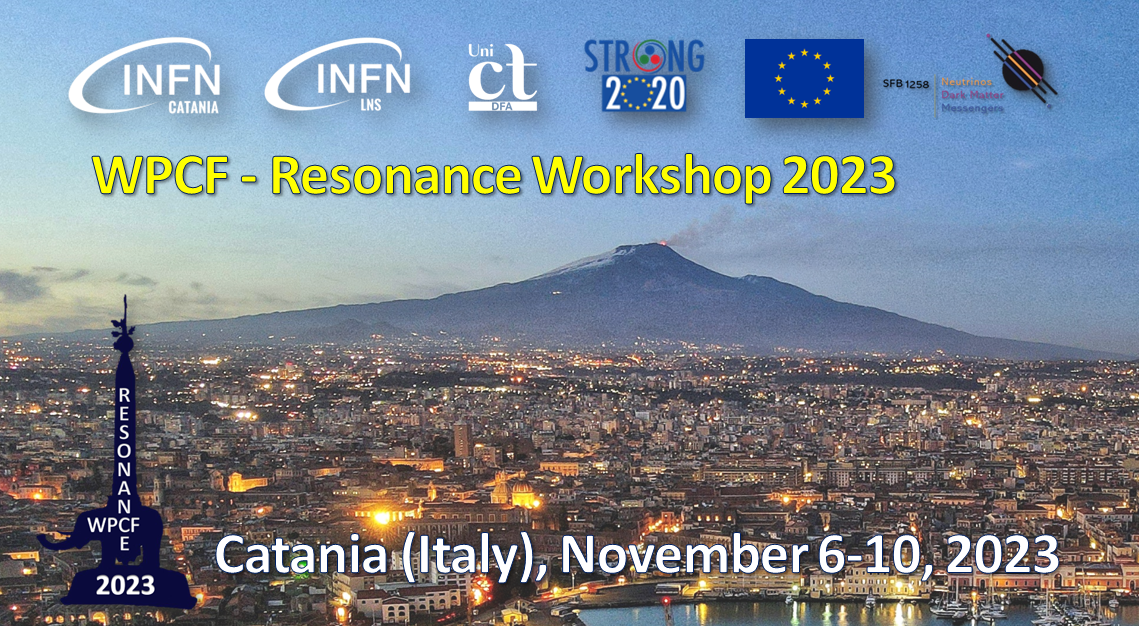Speaker
Description
Signs of collectivity were initially seen in AuAu collisions at RHIC through measurements of two-particle long-range correlations in (pseudorapidity) Δη, within small (azimuthal) Δφ angles. In addition, in 2010 a similar ridge-like behavior was observed in high multiplicity proton-proton (pp) collisions at 7 TeV at the LHC by CMS, extended afterwards also to pPb and PbPb collisions. Several orders of anisotropic flow Fourier harmonics were measured later, showing a collective behavior compatible with hydrodynamic expectations. Signs of possible collectivity were also searched for in e+e- collisions at LEP, with negative results. However, those experiments were limited to lower multiplicity ranges (< 40 particles per event), where collectivity was not expected, posing the question about the system size threshold and conditions for collectivity to arise.
This talk shows recent results from the CMS Collaboration for two extreme sizes of colliding systems. On the lowest side, the results focus on the search for a ridge-like behavior in high multiplicity pp collisions at 13 TeV inside a single jet, originated from a highly energetic parton. On the other extreme, PbPb collisions at sqrt{s_{NN}} = 5.02 TeV are employed to probe deeper into the quark-gluon plasma formed in such collisions, by measuring the speed of sound and the effective temperature in this medium.

